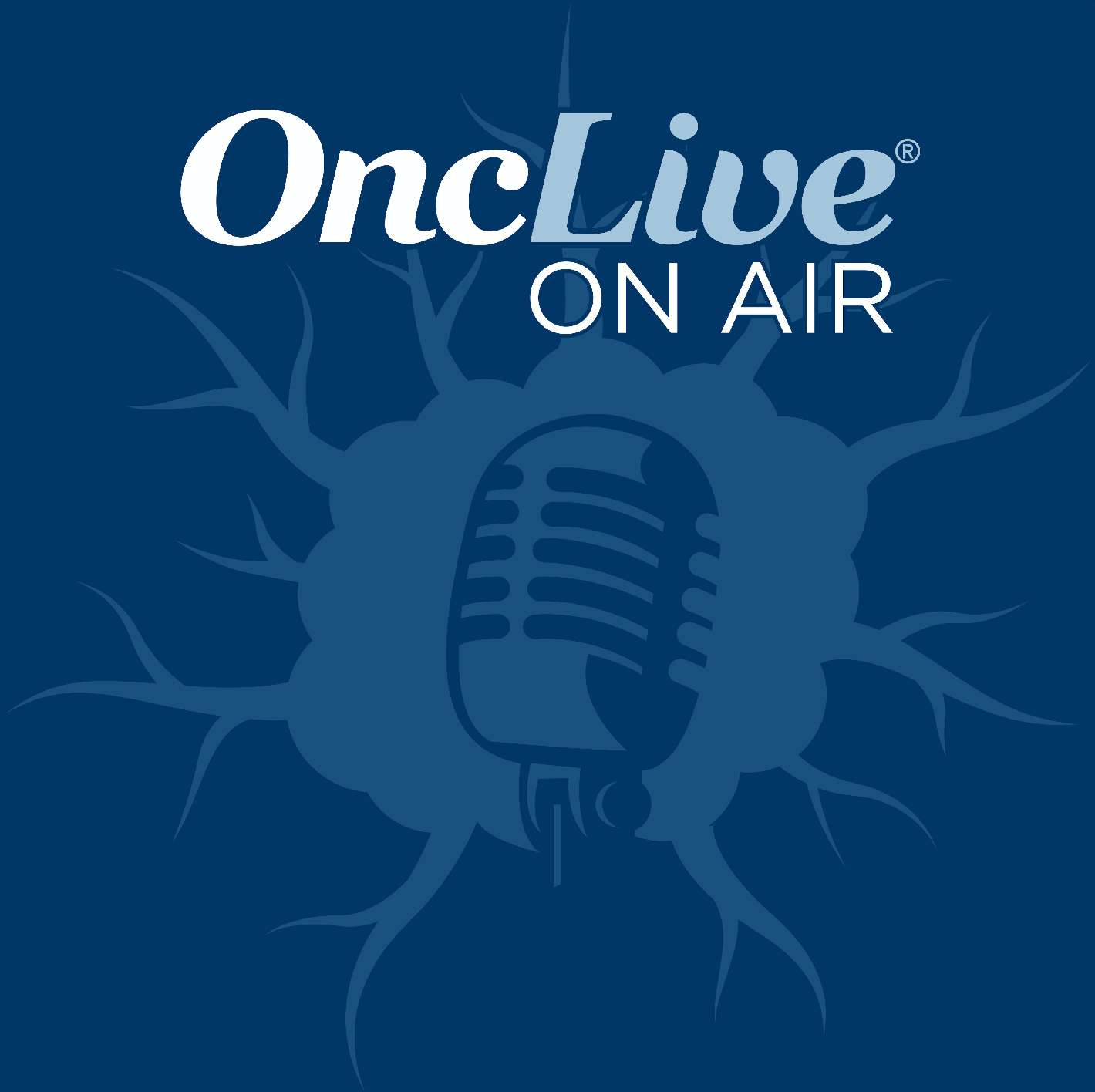Article
Adding Temozolomide to Radiotherapy Is Effective and Tolerable in Older Adults With Glioblastoma
Author(s):
Adding temozolomide to short-course radiotherapy after surgery boosted overall survival by nearly 2 months, bringing 1-year survival rates up from 22.2% to 37.8% for elderly patients with glioblastoma.
James R. Perry, MD
Adding temozolomide (Temodar) to short-course radiotherapy after surgery in elderly patients with glioblastoma boosted overall survival (OS) by nearly 2 months, bringing 1-year survival rates up from 22.2% to 37.8%, according to study results announced at the 2016 ASCO Annual Meeting.
The addition of oral temozolomide was even more effective in patients with MGMT promoter methylation—boosting survival by about 6 months. The trial demonstrated not only that temozolomide sparks a statistically significant improvement in OS and progression-free survival (PFS) in this setting, but that older patients can tolerate the combination regimen—relevant in a disease for which the average patient’s age of diagnosis is 64 years.
Temozolomide was approved for the treatment of glioblastoma in 2015 after it was tested in adults aged 18 to 71 in combination with radiotherapy; meanwhile, clinical trials have shown that short-course bests longer-course radiotherapy in older adults. But until this international, randomized phase III trial, combined short-course radiotherapy and temozolomide had not been tested specifically in older adults with the disease.
“Although glioblastoma disproportionately affects older patients, there are no clear guidelines for treating these patients, and practice varies globally,” said lead study co-author James R. Perry, MD, FRCPC, the Crolla Family Endowed Chair in Brain Tumour Research at the Odette Cancer and Sunnybrook Health Sciences Centres in Toronto, Canada. “This study provides the first evidence from a randomized clinical trial that chemotherapy in combination with a shorter radiation schedule significantly extends survival without a detriment to quality of life.”
The trial included 562 patients aged 65 years or older who were newly diagnosed with glioblastoma, the most common primary brain tumor in adults and the leading cause of cancer death in people aged 40 to 60 years. The median age of the patients was 73 years, and two-thirds were older than 70 years.
All patients on the experimental arm of the trial experienced a boost in survival, with a median OS of 7.6 months in the radiotherapy-alone group versus 9.3 months in the combination arm (HR, 0.67; 95% CI, 0.56-0.80; P <.0001). Tumor growth was slower in the combination cohort, with median PFS logged at 3.9 months in the radiotherapy-only group and 5.3 months in the combination group (HR, 0.50; 95% CI, 0.41-0.60; P <.0001).
The 1-year and 2-year survival rates were 37.8% and 10.4%, respectively, with the combination; for those in the radiotherapy group, 1-year and 2-year survival rates were 22.2% and 2.8%.
Among 165 patients with MGMT promoter methylation, median OS was 7.7 months in the radiotherapy-only group and 13.5 months in the temozolomide plus radiotherapy group (HR, 0.53; 95% CI, 0.38-0.73; P = .0001). In 189 MGMT unmethylated patients, OS was 10 months with the combination regimen and 7.9 months with radiotherapy alone (HR, 0.75; 95% CI, 0.56-1.01; P = .055). Due to a lack of available tissue, the methylation status of some patients in the trial was not tested.
“Although the difference in median survival seems modest, temozolomide significantly increased the chances of surviving 2 or 3 years. For an individual patient, that can mean being able to be part of another family holiday or celebration,” Perry said.
Patients who took temozolomide along with radiotherapy experienced more nausea, vomiting and constipation during the first week of combined treatment than patients in the radiotherapy-alone group and a slight increase (less than 5%) in serious or severe hematological toxicities, but patient-reported quality-of-life assessments on questionnaires EORTC QLQ-C30 and BN20 indicated no differences in physical, cognitive, emotional, or social functioning between the two groups. A total of 97% of patients in the combination arm were able to complete their 3 weeks of chemoradiation.
“Glioblastoma is frequently diagnosed in older individuals, and these are important data showing that our best therapies can work and be tolerable for elderly patients,” said Brian Alexander, MD, MPH, an ASCO expert in brain cancers. “It’s good to have an option to offer patients that we know can have a positive impact—though, still, physicians and their patients need to weigh the benefits of this approach carefully.”
The trial was run by the Canadian Cancer Trials Group with collaboration from the European Organization for the Research and Treatment of Cancer and the Trans-Tasmin Radiation Oncology Group.
Perry JR, Laperriere N, O’Callaghan CJ, et al. A phase III randomized controlled trial of short-course radiotherapy with or without concomitant and adjuvant temozolomide in elderly patients with glioblastoma. Presented at: the 2016 ASCO Annual Meeting; June 3-7, 2016; Chicago, Ill. Abstract LBA2.
<<<
View more from the 2016 ASCO Annual Meeting
All patients were given hypofractionated radiation at 40 Gy in 15 fractions over three weeks, and half the patients were also administered concurrent temozolomide, followed by monthly temozolomide until disease progression or for a maximum of 12 cycles.




















